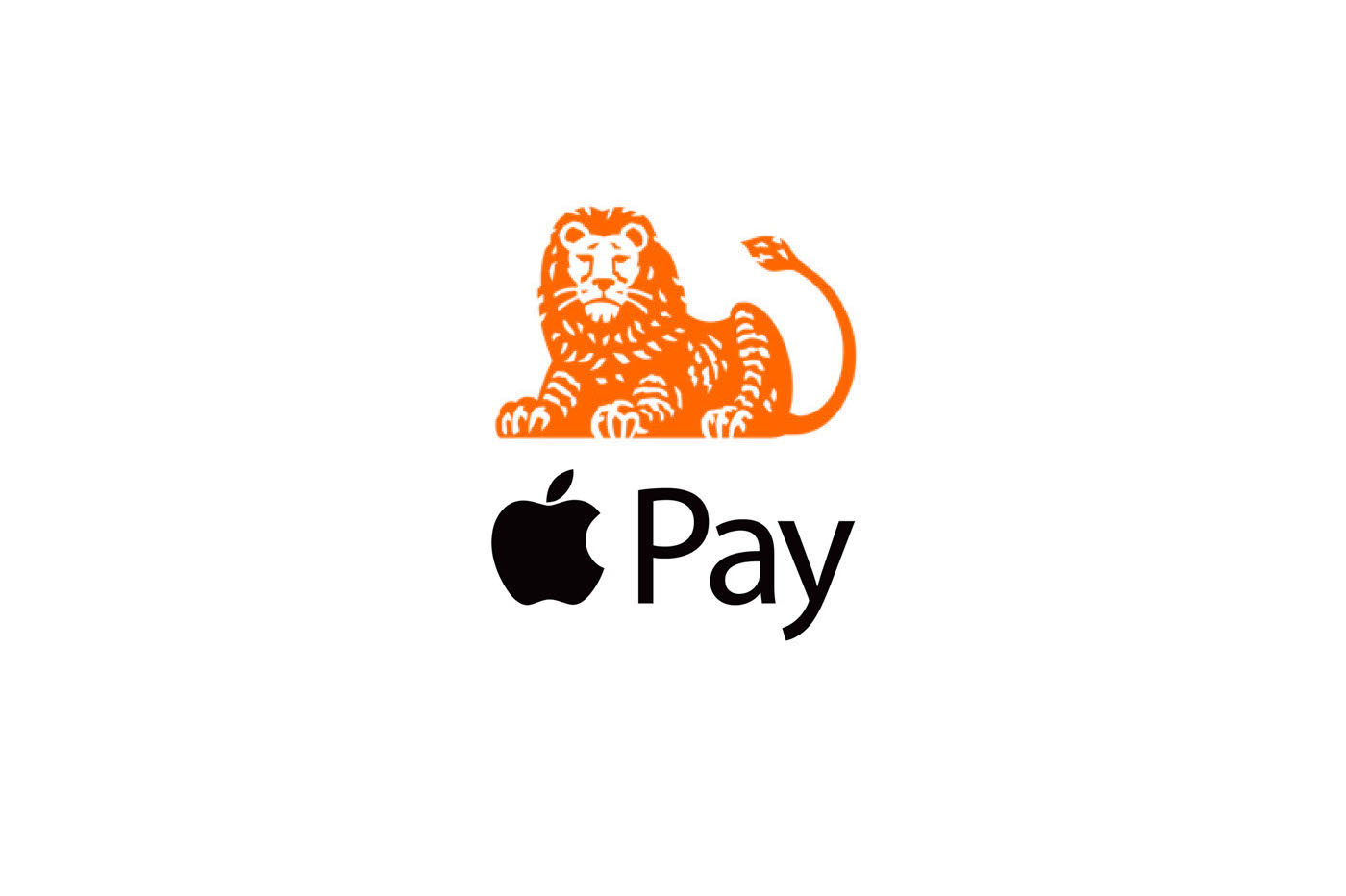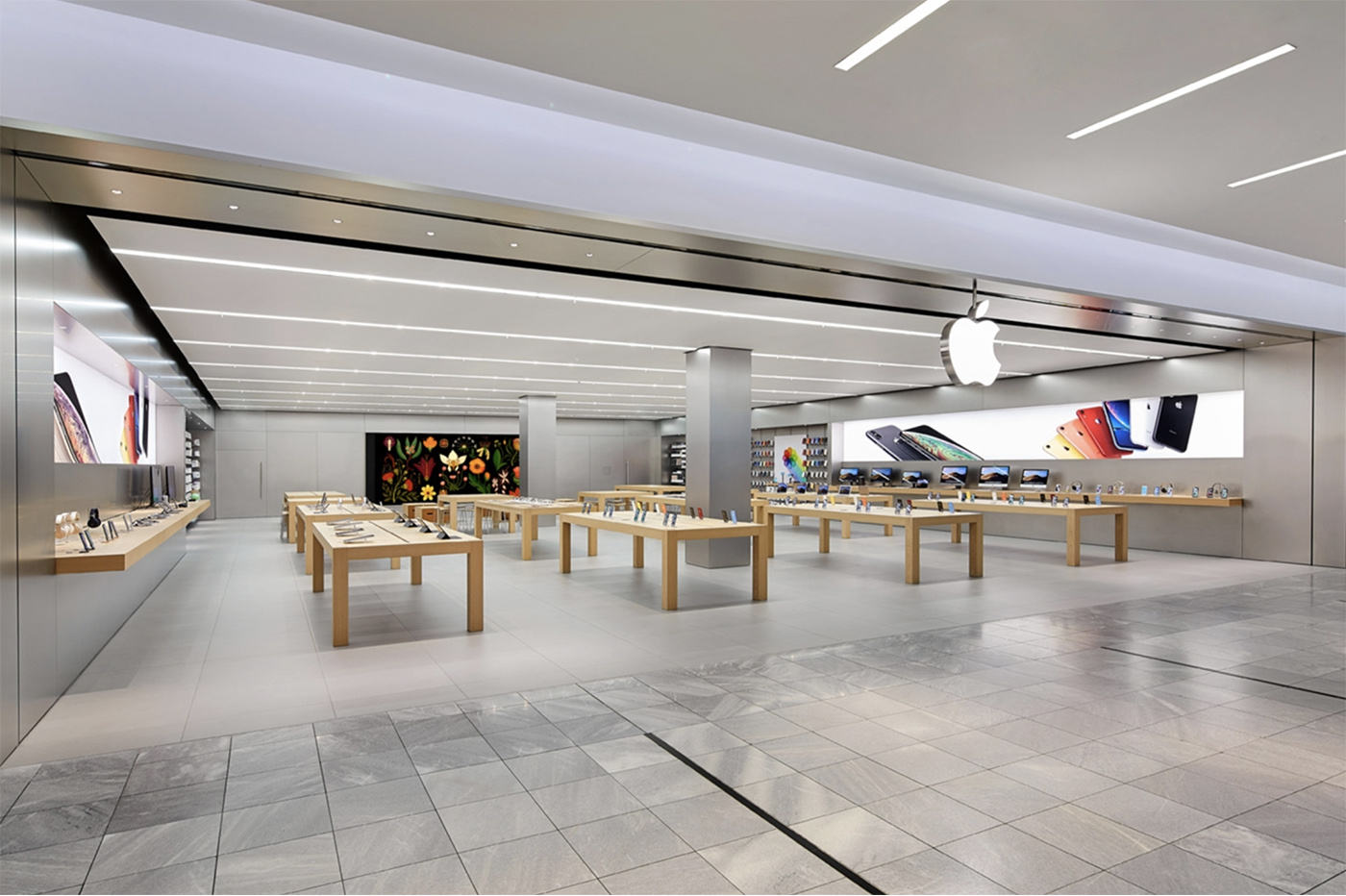 Among the features that differentiate the new iPhone XS and XS Max from the iPhoneas seen there, and the iPhone XR,as seen here, There iswaterproofing. The XS series models are in fact certified with an IP68 index, while the 2017 X and XR models are IP67 certified, like the iPhone 7 and 8 in particular. But what does this difference imply?
Among the features that differentiate the new iPhone XS and XS Max from the iPhoneas seen there, and the iPhone XR,as seen here, There iswaterproofing. The XS series models are in fact certified with an IP68 index, while the 2017 X and XR models are IP67 certified, like the iPhone 7 and 8 in particular. But what does this difference imply?
Is this data to be taken into account in the casewhere we hesitate between an X, an XR and an XS? Here are some answers:
What do the terms IP67, IP 68 mean?
First of all, we must define the terms used. IP meansProtection IndexThe term refers to resistance to splashes, liquids and dust.
The numbers following the letters IP determine very specific aspects.
The first is dedicated toresistance against solid substances, the 6 in the cases of IP 67 and 68.
The second is interested in theprotection against water intrusion.
Everything has been standardized internationally by the International Electrotechnical Commission for many years and by European standards.
Differences IP67 vs IP 68
The first number, in this case “6” for IP 67 AND 68 resistors, corresponds to “total protection against dust”.
And here is what the following figures correspond to, which only differ between last year's iPhones and this year's:
- 7, for IP67: protection against the effects of temporary immersion (up to 1 m) and for 30 minutes. Ingress of water in harmful quantities will not be possible when the equipment is immersed in water under defined conditions of pressure and time (up to 1 m of submersion).
- 8, for IP68: submersible material under conditions specified in duration and pressure (prolonged immersion) beyond 1 m. This means that the equipment is hermetically sealed. However, with certain types of equipment, this may mean that water can penetrate, but without producing harmful effects. Protection against submersion.
Apple, on the respective sheet of each of the two models XR and XS gives the same information, specifying that IP68 implies aprotection up to 30 minutes and 2 meters depth. During the keynote, the Apple firm added that the IP68-certified iPhone XS is as resistant to tap water as it is to salt water or even beer…
Still, on paper, by going from IP67 to IP68, the user gains a meter of depth in terms of the time during which the device can be submerged without damage.
But, as we have seen in many tests,like this experience from iFixiton the possible immersion time for an iPhone 7, and in the context of numerous testimonies, in practice, iPhones protected in IP 67 and IP 68 can remainmuch longer than 30 minutes underwater.
Nevertheless, beyond the time certified by the indices,no guarantee or certainty is possible. This may depend on each device, so it's best not to tempt the devil.
Especially since the damage caused by liquidsare still not covered by warrantyfrom Apple on iPhones (For the Apple Watch, which can be used for swimming, it's different!)
Conclusion
It is therefore important to remember that in the event of an accidental fall in the shower, toilet or dishwashing sink, iPhone XR and XS can survive.without any hassle, just like last year's iPhones.
But the iPhone
However, waterproofing is not a major differentiating factor between the iPhone XS and the iPhone XR or X.
- To know what is different between the iPhone X and the iPhone XS,see this article.
- For the differences between iPhone XS and iPhone XR,it's over there.
And to know everything about the newiPhone XRand on theiPhone XS, seen during the conferencesummarized in our columns:
- Discover the iPhone XR, its design and its colors in 5 videos
- 5 videos to discover the iPhone XS and iPhone XS Max
- Reading NFC tags becomes (more) practical with the iPhone XS and XR
- iPhone XR or iPhone XS… Which one to choose? The differences between these two new iPhone 2018 and our opinion (Updated)
Don't miss our articles on the news eitherApple Watch Series 4, dont :
Editor-in-chief for iPhon.fr. Pierre is like Indiana Jones, looking for the lost iOS trick. Also a long-time Mac user, Apple devices hold no secrets for him. Contact: pierre[a]iphon.fr.






